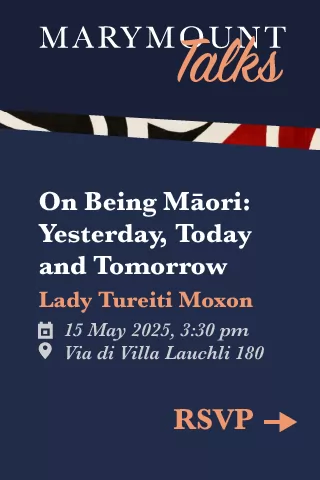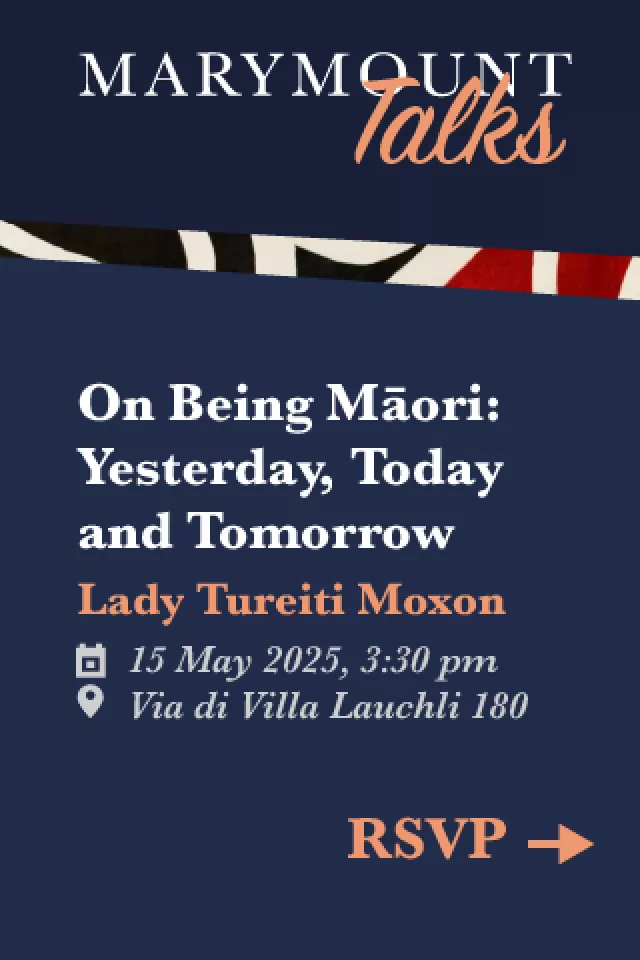Italy creates tourism ministry as the country seeks to rebuild a vital industry left reeling by covid-19.
Amid the drama surrounding the recent formation of Italy's new government, led by Mario Draghi, a significant change took place in the shape of a newly-created ministry devoted solely to tourism.
Previously this brief came under the aegis of the ministry of cultural heritage and activities and tourism, a mouthful formerly known as MiBACT, now rechristened Ministero della Cultura, or MiC for short.
Dario Franceschini, a high-profile member of the centre-left Partito Democratico (PD) known for undertaking major reforms of Italy's museums, is once again at the helm of the culture ministry, his third time to hold the position.
The new Ministero del Turismo, a fully-fledged ministry, is headed up by Massimo Garavaglia of the right-wing Lega who has already ruffled some feathers due to the slogan "Prima il nord!" (First the north!) appearing on his website.
Garavaglia faces calls from Ruben Santopietro, of the tourism website Visit Italy, to remove the phrase amid claims that it "divides the nation."
The frosty exchanges between Visit Italy and the new tourism minister began a week ago when Garavaglia said on television: "We must invest in digital, having a platform that works well is essential today, if an American searches 'Visit Italy' they do not find italia.it [Italy's official tourist webite] but the site of a private individual.”
"It is sad to work for years on a project, gaining recognition also at a European level, to then be considered almost as a problem by a minister of the Italian republic," wrote Santopietro on Facebook, adding: "We are sure of the good faith of the minister but his words clearly have a provocative tone."
These controversies aside, the creation of the new autonomous ministry reflects the vital importance of tourism to Italy, now more than ever, as the country seeks to restart a crucial industry devastated by the coronavirus pandemic.
The rebuilding of the hard-hit sector will be boosted enormously by a one-off chance to invest billions of euro coming Italy's way from the EU Recovery Fund.
During the next few weeks matters pertaining to Italy's tourism will continue to be handled by the culture ministry as the Ministero del Turismo finds its feet before taking full control on 31 March.
The new ministry will be tasked with the planning, coordination and promotion of national tourism policies, developing projects in collaboration with regional authorities as well as at a European and international level.
Although it seems like a lifetime, it is worth remembering that little more than a year ago Rome was discussing the installation of barriers to keep hordes of tourists away from the Trevi Fountain, Venice sought to introduce an entry fee to battle over-tourism, and thousands of visitors piled into the Uffizi in Florence each day to take selfies with a Botticelli.
Italy also had seemingly endless stories of tourists behaving badly, from carving into the walls of the Colosseum to breaking Canova sculptures and climbing on top of fragile buildings in Pompeii.
These days there are only a handful of visitors, mostly Romans, to the Trevi Fountain, Venice has put its tourist entry fee on the long finger (for obvious reasons), and the Uffizi is yet again closed due to Italy's covid-19 restrictions.
However, in the case of the Uffizi at least, the closure is not stopping the museum from planning to show its priceless collection to new audiences.
Once again its director Eike Schmidt is thinking outside the box, a trait for which he is known, with the launch of the "Uffizi Diffusi" project.
Based on the Alberghi Diffusi model, which involves "spreading" accommodation across a whole village rather than in one building, the Uffizi plans to take its art works on tour, to "at least 60" venues across Italy.
"Art can't survive only in large exhibition centres," Schmidt recently told Italian newspaper La Repubblica, adding that the Uffizi Diffusi will "bring works of art almost to people's homes that no one can currently see."
In an interview with Wanted in Rome last year the director of the Colosseum archaeological park Alfonsina Russo described the pre-covid tourism at the Colosseum as "mostly selfie tourism."
This view was echoed by Schmidt who called for future visitors to drop the “bucket list” approach in favour of savouring the moment through a “slow tourism” model.
Whatever shape the industry takes in the difficult months and years ahead, Italy now has a new ministry whose sole task is rebuilding the nation's battered tourism sector.


















